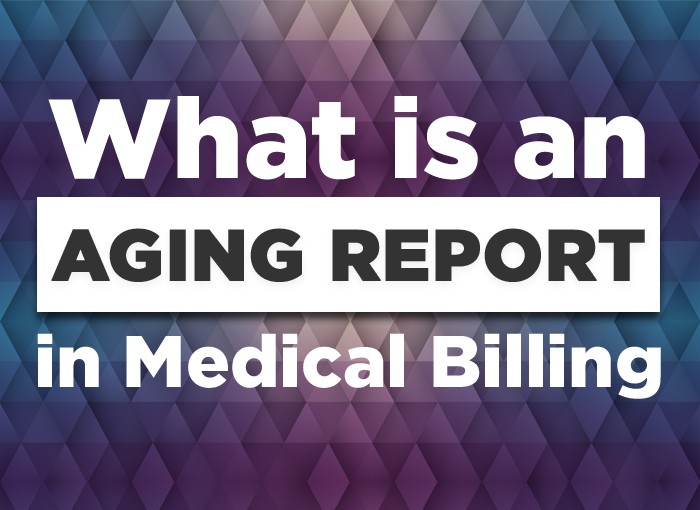What is an Aging Report in Medical Billing
Hospitals are required to review revenue reports every month. These reports help a medical institution to assess its revenue cycle. The purpose is to understand the revenue generation pattern by comparing the current reports to previous reports. If the hospital finds out that the current report is showing poor revenue generation then it needs to change its revenue management strategy. Revenue reports can also give a clear picture of the number of patients and insurance payers who aren’t making payments on time. Some of the medical billing reports include Accounts Receivable Aging report, Key Performance Indicators report, and Top Carrier/Insurance Analysis report. Out of these reports, the A/R aging report plays a huge role in generating revenue for a hospital.
Definition of Aging Report (or A/R Aging Report)
In medical billing, the term A/R aging report refers to the report showing outstanding insurance claims and patient balances. The report not only shows the unpaid invoice but also shows the number of days they were paid in. If the accounts are being received at a slow rate, i.e. over 50+ plus days, then the medical institution must take it as a warning sign. However, if your aging report shows fewer days of unpaid accounts then your revenue managing strategy is working great.
The results of the A/R aging report are measured using certain benchmarks to identify the medical institution’s financial health. The benchmarks are as follows:
- Accounts received in 35 or fewer days represents good financial health
- Accounts received in 35-50 days represents average financial health
- Accounts received in 50 or more days represents poor financial health
To achieve good financial health, the hospital must perform A/R follow-up without any interruption or delay. Following on the pending accounts and reviewing the denied claims is the only way to generate high revenue while ensuring a better aging report.
Aging Report Format/Structure
There is no specific format or structure of an aging report. However, what’s similar in every aging report is the listing of clients, current A/R, total A/R and division of A/R days. The division of A/R days tends to vary across hospitals. One hospital may show A/R days up to 90 days whereas other hospitals may show A/R days up to 150 days. The division of A/R days reflected in the aging report depends on the length of pending accounts in a particular hospital. If a hospital only has pending accounts with the length of 50 days then the report may not show A/R days above it. But if a hospital has pending accounts for 150 days then the aging report will have a column for 150 days. However, almost every institution tries to maintain a low percentage of A/R days for a better revenue cycle.
Generating Aging Report
Gone are those days when the aging report was generated manually. Nowadays, hospitals are outsourcing A/R services to a medical billing company. The purpose is to avail of the benefits of A/R generating software used by the medical billing and collection Companies. Electronic generation of A/R aging reports saves a lot of time and enhances productivity for a better practice.




